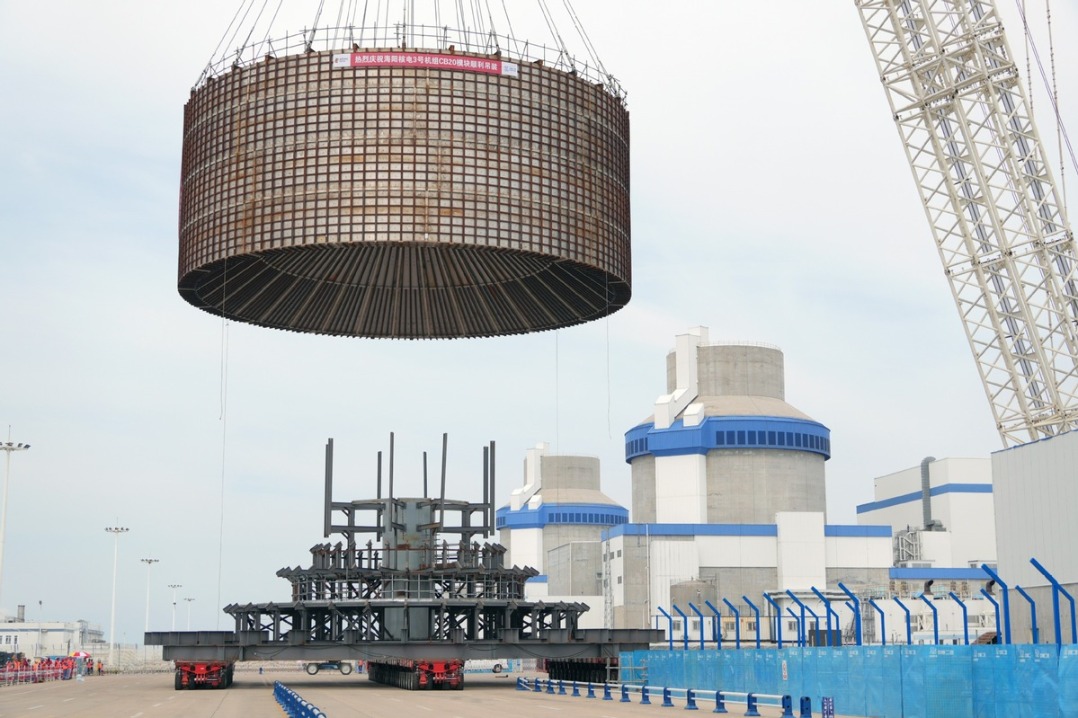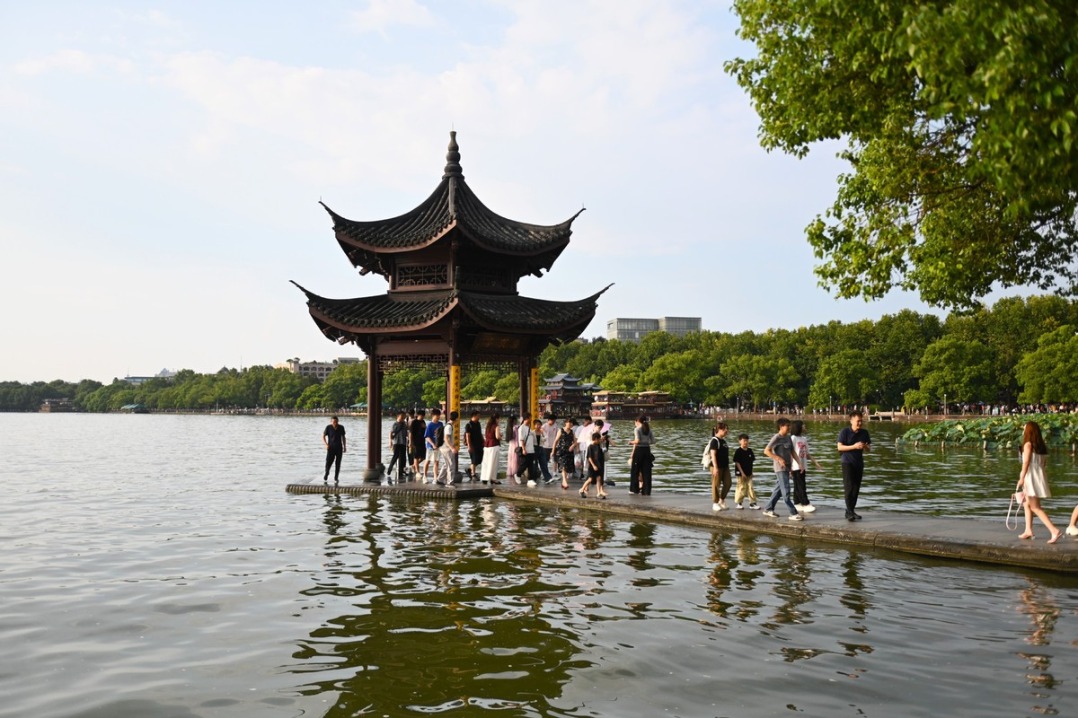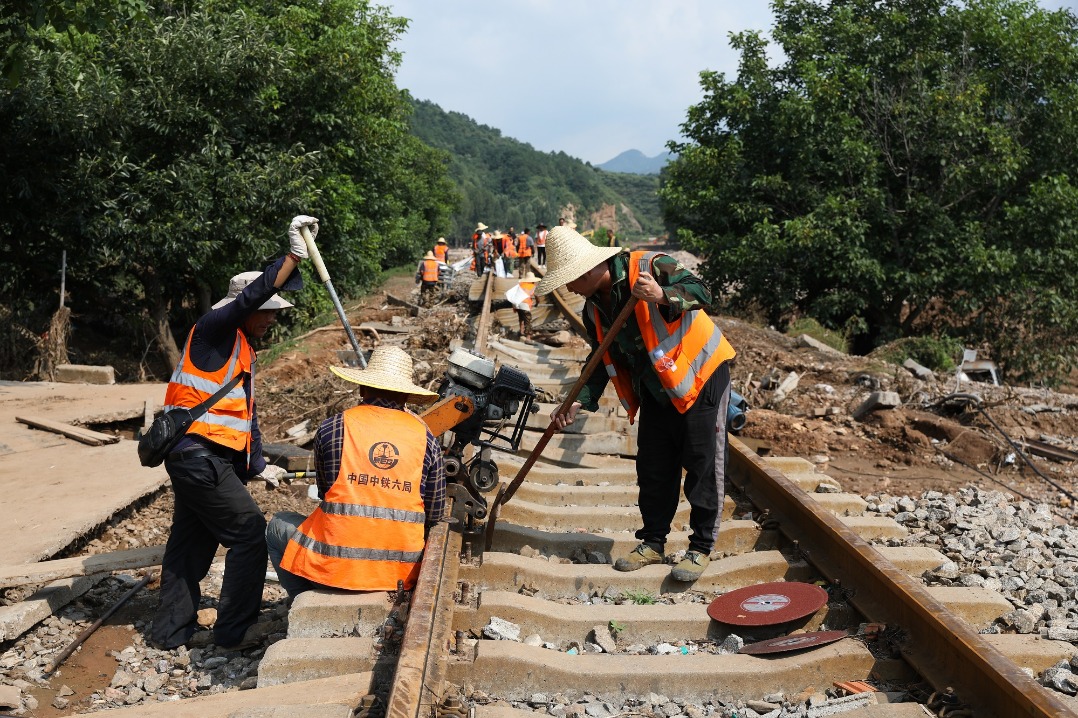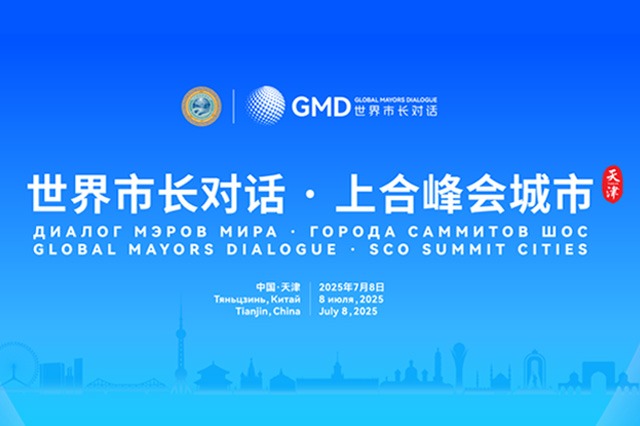Helping companies tackle skyrocketing costs
Surge in prices of commodities triggers a range of steps to stabilize China's economy

Possible inflation fueled by surging prices of commodities like iron, copper and oil-that's the prime-time market buzz around the world these days; and investors, it seems, can't overanalyze the goings-on in major economies such as the United States and China against a global backdrop of geopolitical tensions and waves of havoc wreaked by the obstinate COVID-19 pandemic.
The Bloomberg Commodity Index, composed of more than 20 exchange-traded contracts on physical commodities, has gone up by over half since its trough in March 2020 and stood at more than 92 points as of mid-May, the highest level since the middle of 2015.
Tony Sycamore, Asia-Pacific analyst with City Index, a United Kingdom-based trading service provider and part of Gain Capital, said underpinning the rally are infrastructure stimulus, reviving economic activities, a weaker US dollar, and seasonal factors.
These, together with supply bottlenecks, will keep international commodity prices at relatively high levels in the coming months, he said.
Iris Pang, chief China economist at Dutch bank ING, said some of the reasons behind the surge in commodity prices have been expectations over the US stimulus of infrastructure construction, which could be premature and finally lead to a retreat in commodity prices.
Any news that signals looming higher inflation due to price spikes in commodities can spook investors and trigger cascading effects across markets and economies, experts said. For example, it could prompt central banks to tighten liquidity that will cause a slump in asset prices, squeeze company profits, increase family burdens and threaten incipient global recovery.
So, what are the chances of fears, worries and other assorted concerns materializing? Might it be a wrong question to ask?
Meaning, is the right question to ask this: can the world ride out all the inflationary pressure brought by a rebounding global demand, a COVID-19-damaged global supply chain, and a global market landscape flooded with liquidity pumped during the pandemic?
Whatever the question, it is imperative that investors should stay sensible and keep a cool head; and, they should take a second look at things taken for granted or as a given, said experts.
Higher-level commodity prices may remain supported for some months as speculation continues about shortages relative to demand, but the price surge will be transient overall, they said.
Recovery in global demand will still be complicated by uncertainties surrounding the COVID-19 pandemic and infrastructure stimulus programs, while disruptions to supply chains will gradually fade away, they said.
In China, inflation will remain mild this year, given the country's prudent monetary policy, falling pork prices, and a slow recovery in domestic demand, they added.
Commodities like iron, copper and oil have had a remarkable rally in the international markets, rebounding from the COVID-19-dug bottom reached early last year.
The rise in commodity prices heated up in April, giving the Bloomberg Commodity Index a more than 8 percent monthly gain, according to Bloomberg.
The recovery in the global supply of commodities has faced multiple obstacles such as impacts of COVID-19 and bad weather, which have disrupted commodity production and shipments.
Vale, one of the world's largest iron ore producer based in Brazil, for instance, has reported a nearly one-fifth decline in iron ore output in the first quarter compared with the prior one. The drop was due to usual seasonal rains.
Vale also reported a decline in copper production due to maintenance that was slowed by COVID-19-related restrictions, according to industry news outlet mining.com.
"However, inflation caused by supply bottlenecks is transitory," Sycamore of City Index said.
As supply constraints partly ease with normalized global supply chains and the fading of one-off events, China is expected to see the year-on-year growth in the producer price index, or PPI, which gauges factory-gate prices, moderating from the second half of the year, after peaking in the second quarter, he said.
China reported the highest year-on-year PPI growth in more than three years of 6.8 percent in April, upon a steady recovery in domestic production, rising international prices of commodities, and a low comparison base, according to the National Bureau of Statistics.
The year-on-year growth in the consumer price index, or CPI, a major gauge of inflation, however, stayed low at 0.9 percent in April. The number was up from 0.4 percent in March but far below the government's annual target of around 3 percent, as the falling price of pork, a main component of China's consumer price basket, has buffered the rising prices of services and home appliances, the NBS said.
Gerwin Bell, lead economist for Asia on the global macroeconomic research team at PGIM Fixed Income, a global asset manager, said the higher commodity prices may continue to impact China primarily with respect to producer prices but leave the broader consumer inflation largely intact.
"We don't think higher commodity prices will play a major role in broad consumer price pressures, especially if cautious credit policy and attempts to mitigate financial risks continue to dampen aggregate demand pressures (on inflation)," he said, adding that there is no imminent need of monetary tightening in China amid a still sluggish recovery in domestic demand.
Growth in consumption and growth in investment in China have yet to recover to pre-pandemic levels, with retail sales growing by 4.3 percent on a two-year average basis in April, versus 6.3 percent in March, according to the NBS.
The prudent stance of the People's Bank of China, the central bank, that has avoided excessive liquidity injection in face of COVID-19, also helped stifle major inflationary risks in China, experts said.
In its first-quarter monetary policy report, the PBOC said that the country's "reasonable and appropriate" monetary conditions will go together with a generally balanced demand-supply relationship in the economy to lay the foundation for a stable price situation.
"The market is expecting that US infrastructure programs will take place but seems to ignore when," Pang of ING said, adding that it still takes time, which could span even for years, for the US to formulate the infrastructure construction programs.
Prices of commodities may pull back when investors realize that the programs may not take place this year, leaving a sustained spike in global inflation unlikely and supporting her projection that China's annual CPI growth will land at a mild level of 2.5 percent, Pang said.
Though major inflationary risks are at bay in China, officials and experts still stressed the need to deal with the pressure of rising commodity prices on businesses and stabilizing the prices of basic goods for households.
While the rising commodity prices may benefit big mining companies, downstream sectors including manufacturers and consumers will bear the higher costs, according to Sycamore.
"Prices of key commodities and industrial components, as well as the fluctuating foreign exchange rate, have made our operations and contracts more risky. We have to resort to some financial derivatives to hedge risks," said Li Xiansheng, general manager of the Africa business of Aux Group, a manufacturer of air conditioners.
The prices of refrigerators, televisions and washing machines have gone up in the domestic and global markets this year, and there will be more price hikes in the air conditioner industry in the second half of the year, Li said.
"The volatile prices of raw materials have made it harder for companies to predict and control costs as well as to price their products, heightening risks faced by business operations," said Zhao Xin, vice-president of Beijing Jianlong Heavy Industry Group Co Ltd, a conglomerate engaged in mining, smelting, manufacturing and other businesses.
In response to the surge in international prices of mainstream iron ores based in Australia and Brazil, the company has taken multiple measures to diversify sources of ore supply, including boosting the purchase and mining of domestic ores, increasing imports of non-mainstream ores from Russia and Mongolia, and making use of more scrap steel, she said.
At a meeting held on April 30, the Political Bureau of the Communist Party of China Central Committee, the Party's core leadership, has stressed the need for safeguarding the supply, and stabilizing the prices, of goods critical to peoples' living.
Premier Li Keqiang reiterated at a State Council executive meeting on May 12 that the government should closely follow the situation at home and abroad and enhance market regulations to cope with the rapid rise in commodity prices and its effects.
Experts said voices at the high-level meetings have signaled that the country may further reduce related taxes and fees, boost domestic production of commodities, and encourage the use of hedging tools, among other measures, to help enterprises tackle the rising cost of commodities.
Meanwhile, the PBOC is expected to stay with the "no sharp turn "commitment, with an interest rate hike unlikely this year while structural financial support to hard-hit sectors and small businesses will likely be sustained, they said.
So far, the government has taken measures like reducing tariffs on some steel products to trim the costs of imports facing enterprises, while domestic exchanges have raised trading margins and commissions on some commodity futures to cool down speculation.
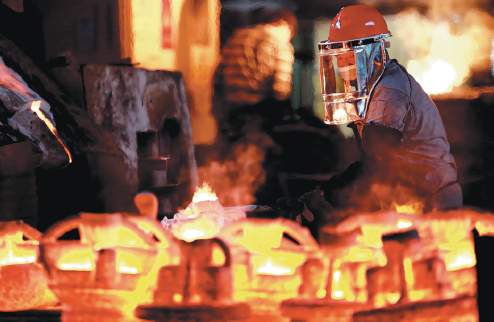
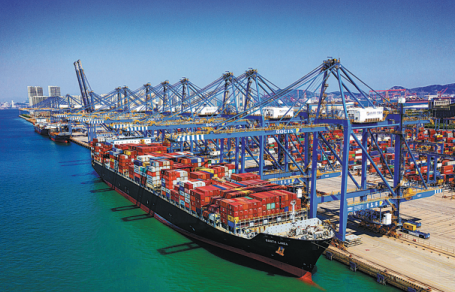

Today's Top News
- Pakistani minister hails high-tech ties with China
- China-US trade ties crucial for global growth
- Prospering Xizang sees surge in overseas visitors
- Central govt has final say on reincarnation of Dalai Lama
- Manila fueling tensions with its solicitations: China Daily editorial
- Bundling trade with other issues coercive approach demolishing rules-based order: China Daily editorial


















